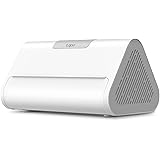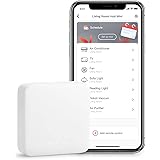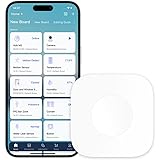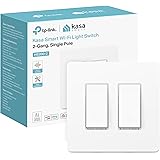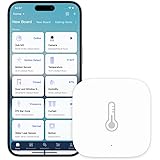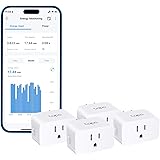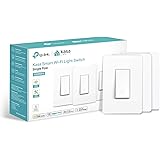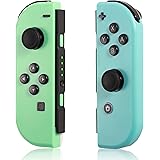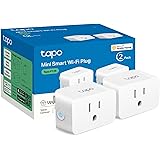IoT devices are becoming increasingly common, especially in smart homes. They offer many benefits, including increased security, energy efficiency, and ease of use. In addition, they can help elderly people manage their home better. From solutions for microclimate control to smart curtains, IoT electronics simplify and improve the lives of older people in many ways. They also make it easy for them to operate their TV through voice assistants or unlock the door through a mobile app.
The Internet of Things (IoT) is a network of interconnected devices that communicate with each other using the internet. A smart home is a residence that has automated controls for lighting, heating and cooling, appliances, and more. Smart homes can be controlled from a smartphone, tablet, or computer. Some smart devices can even be programmed to adjust automatically based on weather and environmental conditions, reducing energy usage and saving money.
To get the most out of your smart home, it is important to choose a system that is compatible with all of the different devices in your house. A smart home requires a central hub that acts as the communication link between all of the connected devices. This hub will receive commands from a user and send them to the sensors, which will then perform the necessary action. For example, if the temperature of your home rises to a certain level, the system will automatically start your ventilation fans. A home automation system will also be able to monitor your power consumption and alert you when there is an energy spike, which can prevent you from overusing your household appliances.
Home automation systems can be installed to provide assistance for elderly or disabled people, allowing them to control their home appliances with simple voice commands. These systems also provide a convenient way for family members to check in on the safety of those they care for. In addition, they can remotely access the status of the home’s appliances to ensure everything is working properly.
There are a variety of IoT home automation systems on the market, from standalone devices to entire packages. These devices can connect to your Wi-Fi and run on your home network, allowing you to control them from anywhere. Some have built-in alarms to alert you when there is an issue, and others can monitor your home’s temperature and humidity.
A good IoT home automation system will include a low-cost Raspberry Pi as the main processor for sensor updates and data logging, and it will support a cloud database with deep learning models for decision-making. The system should also be capable of maintaining the last state of each device in case of a power outage or restart of the Raspberry Pi. This will ensure that your devices are always functioning at their optimal level.
